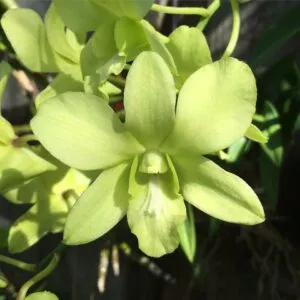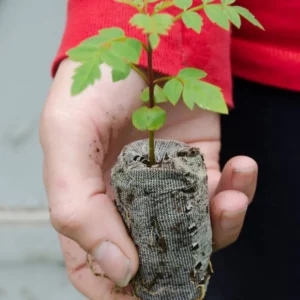No products in the cart.
Fresh coffee grounds are not only for enjoying a mug of Joe daily to boost your energy in the early mornings. Yes, we all want a cup 🥤 of freshly ground coffee. Still, did you know that you can use your used coffee grounds?
If you did not know, you would be glad to discover that you can use your Java to fertilize plants. Coffee grounds have many benefits to use in different ways as they act as a slow-release fertilizer.
So, get that coffee maker started, grab a fresh cuppa, and read how this miracle fertilizer works and how you can use it.
Exploring the Potential of Coffee Grounds in Gardening
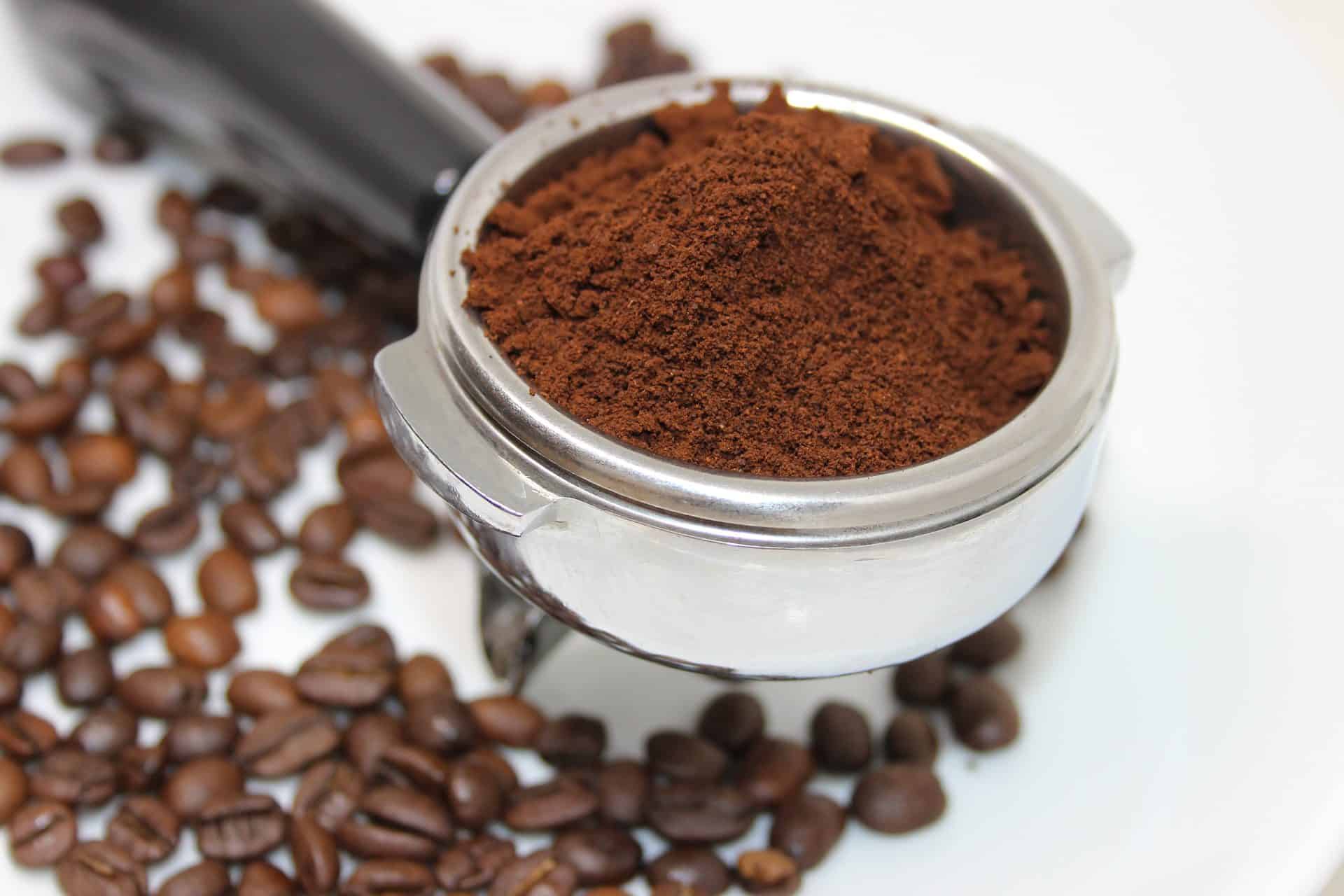
Coffee grounds, typically viewed as a byproduct of our morning routines, hold untapped potential in our gardens. Their rich nutrient content and natural properties offer numerous benefits for plant growth and overall garden health.
Adding coffee grounds can enhance soil fertility and the structure to act as a natural pest repellent and weed suppressant; several compelling reasons exist to incorporate used Java sediment into your potting soil. Today, we will explore the advantages of using coffee grounds with vegetable plants, house plants, and other acid-loving plants.
So, keep reading to get more insight about this organic material to use as green compost material, pest control, promote plant health, and improve the soil structure. One thing is for sure: you will learn about the carbon-rich materials and other trace minerals beneficial for dying plants.
Benefits Of Using Spent Coffee Grounds

Used grounds are a good source of organic matter available at your fingertips if you make a daily pot of coffee. But the truth is utilizing used grounds in the garden beds will make them happier in different ways. So, do not toss those grounds; you can put them to good use.
Another interesting thing is even if you do not drink Java, you can find local coffee shops giving the spent coffee grounds away to gardeners. Why? Coffee shops need not spend money on people to dispose of it. So, you can find used coffee grounds freely to provide your plants with organic matter, which costs you nothing.
Hence, coffee without artificial flavorings can be used in most gardens. Used coffee sediment works well in a worm bin, as worms love coffee grounds. You can use it on the soil surface to deter pests and fertilize young plants.
On the other hand, as with anything you use, coffee beans also have drawbacks, and sometimes they should be avoided.
So, not only do you get a caffeine fix, but the worms will also rejoice when feeding them used coffee grounds. Furthermore, making a brown compost material of leaf mold, egg shells, and coffee sediment will help reduce waste and positively affect the environment.
Pros of Used Coffee Grounds Varies
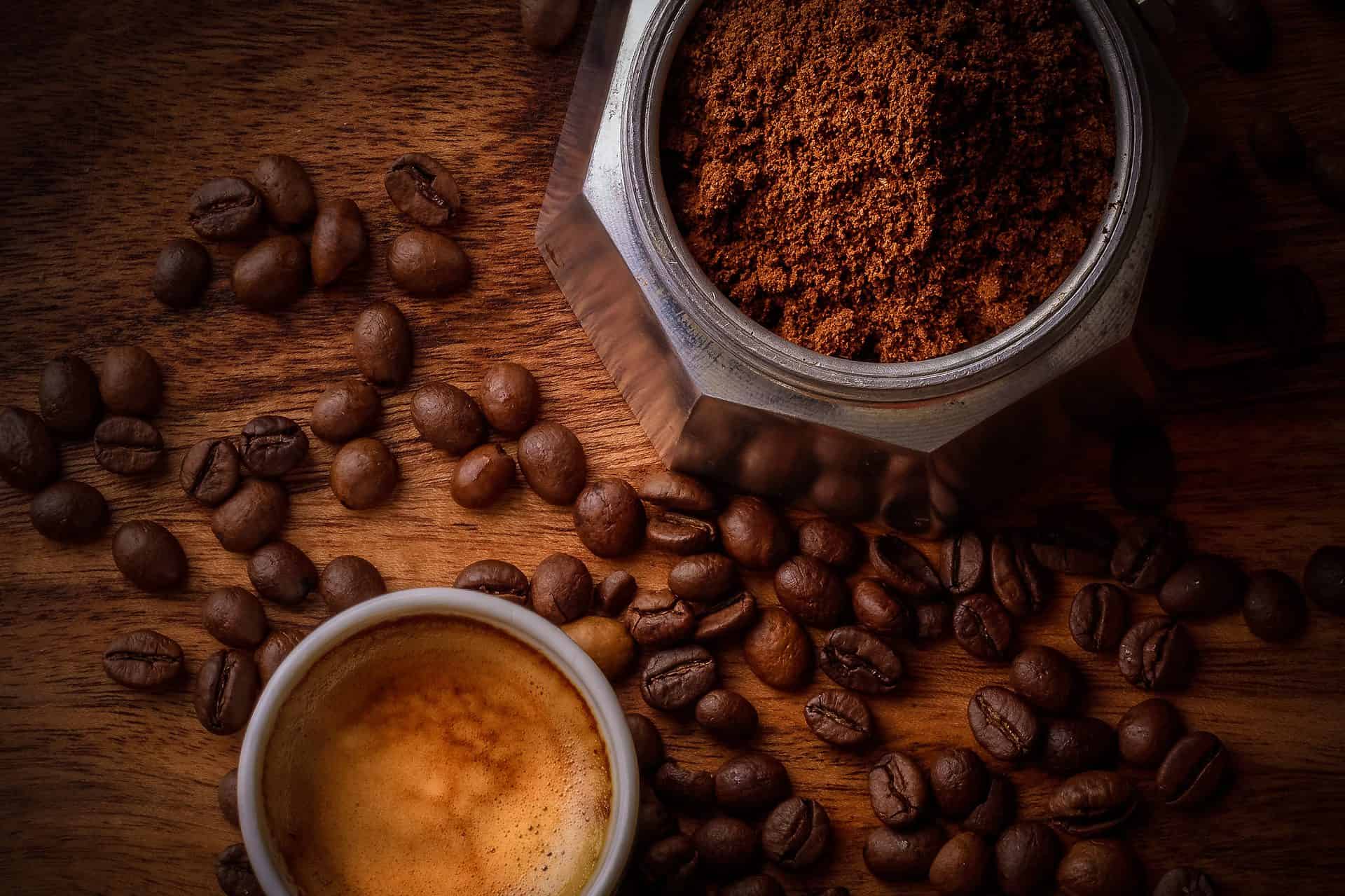
Coffee beans vary in their use, yet old coffee grounds have both advantages and disadvantages attached to them.
Helps With Soil Drainage
As coffee sediment is organic, you can use it to amend the soil and improve quality. So, adding coffee grounds now and again helps.
When you increase the organic material in the soil, it improves drainage to prevent the rotting of the roots.
Mixing coffee grounds well into the soil is important as it can become compact, creating the opposite. Why? Coffee grounds are small particles and can become as compact as clay soil.
Helps Aerate Soil
Like improving drainage, fresh grounds in the garden help to aerate the soil. As you are amending the soil using organic material, it improves aeration. Hence, the roots can absorb moisture and nutrients better.
Coffee Grounds Help Retain Moisture
The coffee sediment acts as an organic material to improve the soil’s overall health and help retain water. Hence, it is ideal to use with plants indoors that thrive in moist soil. On the other hand, with water retention, you need not often water a young plant and other vegetation.
Coffee Grounds as Fertilizer
Coffee sediment also acts as green compost material, even if it is brown. A fact is that it contains nitrogen that breaks down, creating essential nutrients to encourage leafy growth. Hence, it promotes foliage health.
Furthermore, it is an excellent source of potassium and phosphorus, two crucial nutrients for overall plant health. Plus, coffee sediment is a good source of organic matter, which helps improve soil structure and fertility.
Coffee Grounds Deter Pests
Adding coffee grounds to the garden acts as a repellent to keep slugs and snails away, so adding coffee grounds to your plants can protect them against these pests eating away the leaves. According to gardeners, the taste and smell deter them, and they do not enjoy the grainy texture acting as a natural pesticide and barrier.
Reduces Waste and Chemical Use
Did you know coffee sediment is among the most commonly discarded organic waste? Over 6 million tons of coffee grounds are estimated to end up in landfills yearly. This waste takes up valuable space and releases harmful greenhouse gases as it decomposes.
Using the grounds in your garden can help divert this waste from landfills and give it a second life as a valuable resource for your plants. It’s a win-win situation for both your garden and the environment! Using the beans is an eco-friendly choice.
You can use it as a natural pesticide and replace synthetic fertilizer with organic fertilizer to protect the landscape.
Cons of Used Coffee Grounds
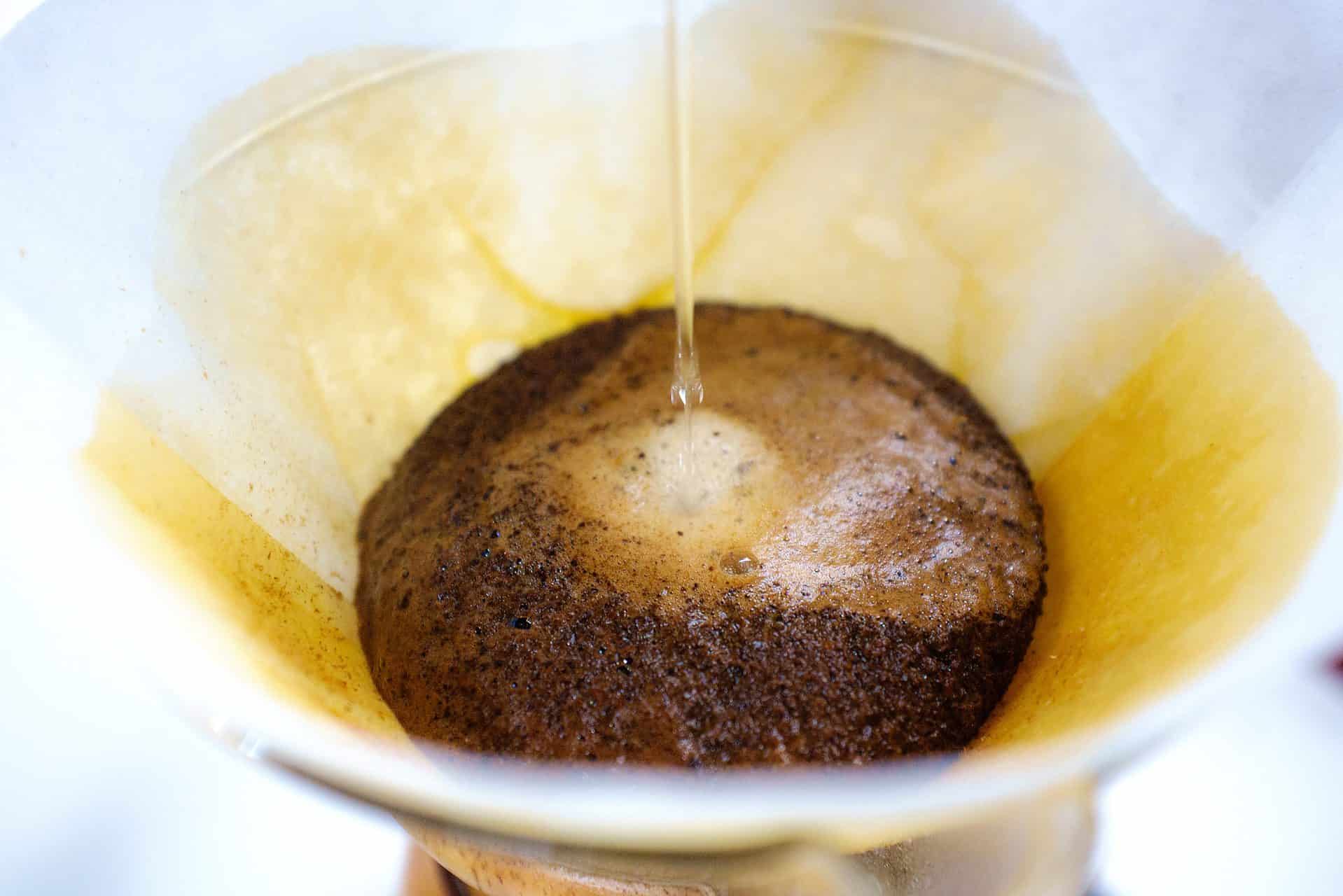
While coffee grounds as fertilizer is a brown compost material better known as a green material, it does have some side effects when used.
Used Coffee Grounds Form a Water Resistant Barrier
As coffee sediments have small particles, they can become compact when they dry out and form a solid barrier. So, when used, for example, as a top layer, it can create a similar texture to clay soil. This is bad news for plants as a barrier over the top creates a water-resistant barrier, depriving your plants of water and nutrients.
May Be Harmful to Dogs’
While coffee grounds can prevent cats from using your garden beds or pot plants as a litter box, it harms dogs. Coffee is toxic to dogs, and large quantities can result in a fatality, and it is not worth the risk.
Coffee Grounds Deter Seedlings from Growing
Coffee sediments are loaded with caffeine, which can result in some plants dying. So, if you plant seedlings, we recommend not using coffee grounds near them. Caffeine can destroy the roots. Thus, it suppresses root growth and can also harm mature plants outdoors.
The Antibacterial Properties Can Destroy Good Bacteria in Soil
Organic coffee grounds have antibacterial properties, which are advantageous for soil health. But it can also become a problem. Many healthy bacteria live in the soil to keep disease and pests away.
So, introducing a material with antibacterial properties can destroy healthy bacteria and alter the soil’s biodiversity.
It can result in different problems, as it can kill earthworms in your vegetable garden or other creatures in the soil.
Used Coffee Grounds are Not Acidic
While many people ensure to get used coffee grounds at coffee shops to bring the alkaline pH level to a neutral form, at the same time, other gardeners recommend using it with acid-loving plants.
Still, you will need to use unbrewed coffee grounds, as they lose their acidic properties once they are brewed. Coffee grounds vary in brand to type, but the most used coffee grounds have a neutral pH and are useless for amending the soil pH.
So, using fresh coffee grounds will also not help as the acid is water-soluble. As soon as it rains, the acidic content is washed away. Hence, please do not waste time mixing coffee grounds and adding them to the ground to amend the soil pH.
How To Use Coffee Grounds

While many are still debating over the fact that worms love coffee grounds, others are saying it kills the worms. So, more scientific evidence is needed on this one if you have a worm bin. But there are other ways to mix and use fresh coffee grounds.
Composting With Fresh Grounds
You can find two types of material to use in a compost pile: brown compost material and green material. While coffee is brown, it remains green material and is rich in nitrogen. Furthermore, it has other nutrients like calcium, potassium, and magnesium.
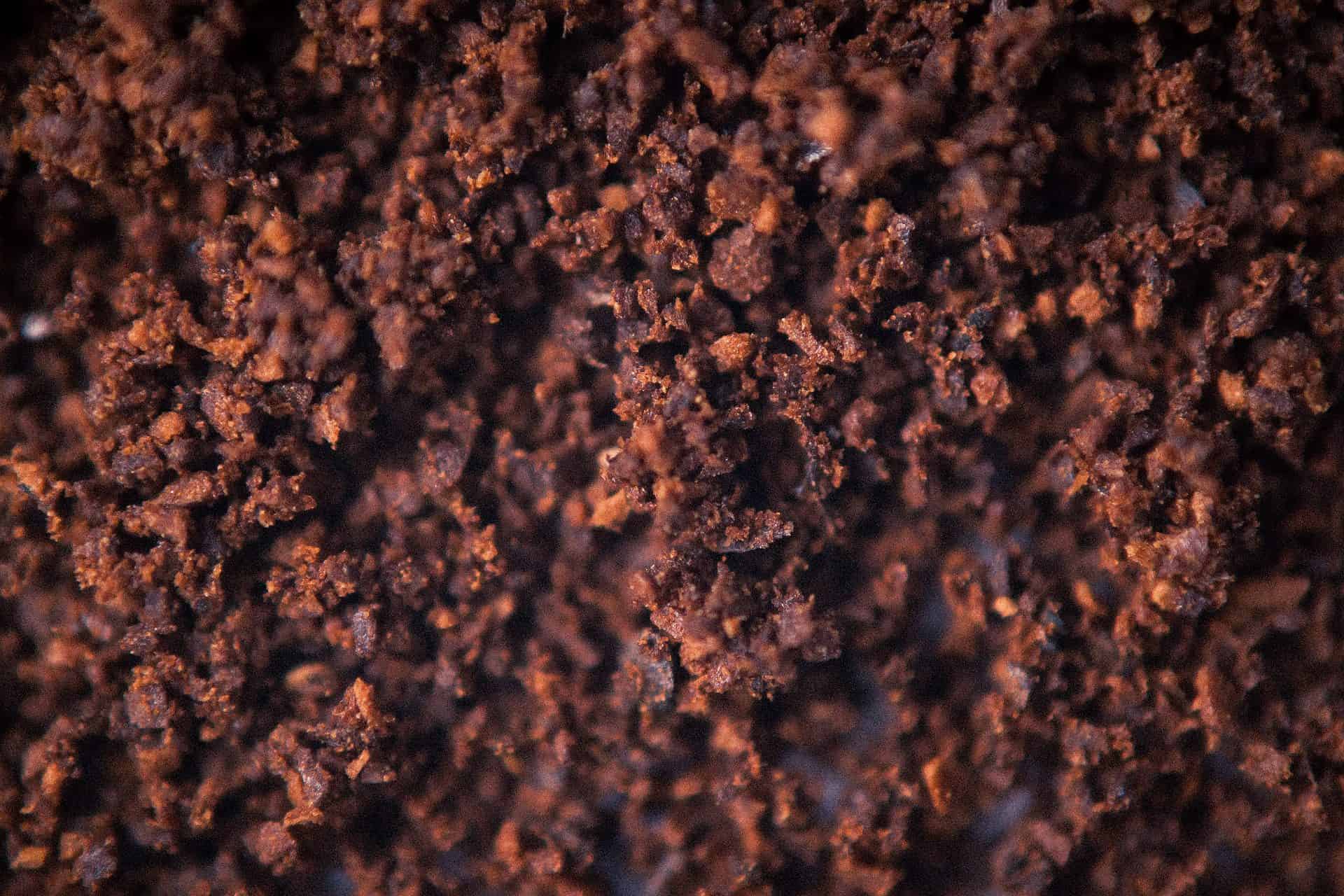
Add coffee grounds to your compost pile with other organic matter like grass clippings, food scraps, egg shells, and vegetable peels. You can even combine food scraps with coffee grounds and other green compost material.
You can brew some coffee grounds and add them with paper coffee filters to the heap. Still, as with any compost, it must create a balance that includes some newspapers and dry leaves. Thus, the ratio needs to be 4-to-1 of brown and green compost material.
Suppose there is too much green material; it will end up smelling, and with too little, it will not heat up.
Use it as Mulch to Prevent Weed Growth

Coffee grounds act as a weed growth suppressor when placed around your tomato plants and other plants. You know how expensive mulching can be, and if you can visit a local coffee house to get your hands on some coffee grounds, what a bargain.
Still, please do not use it thickly layered on the surface but not over seedlings or around young plants. Sprinkle coffee grounds lightly and mix coffee grounds with other trace minerals to use as a top layer, like grass clippings, kitchen scraps, and leaf mold from your compost pile.
Also, remember coffee grounds do not add acidity to alkaline soil. But can help with a good soil structure.
Plant Fertilizer
Another benefit is using coffee grounds on plants as a liquid or slow-release fertilizer. As mentioned, you can use coffee grounds and scratch the topsoil in small amounts, mixed with other dry materials. Another great thing is you can use it in most gardens or on houseplants as a liquid feed by making it tea.
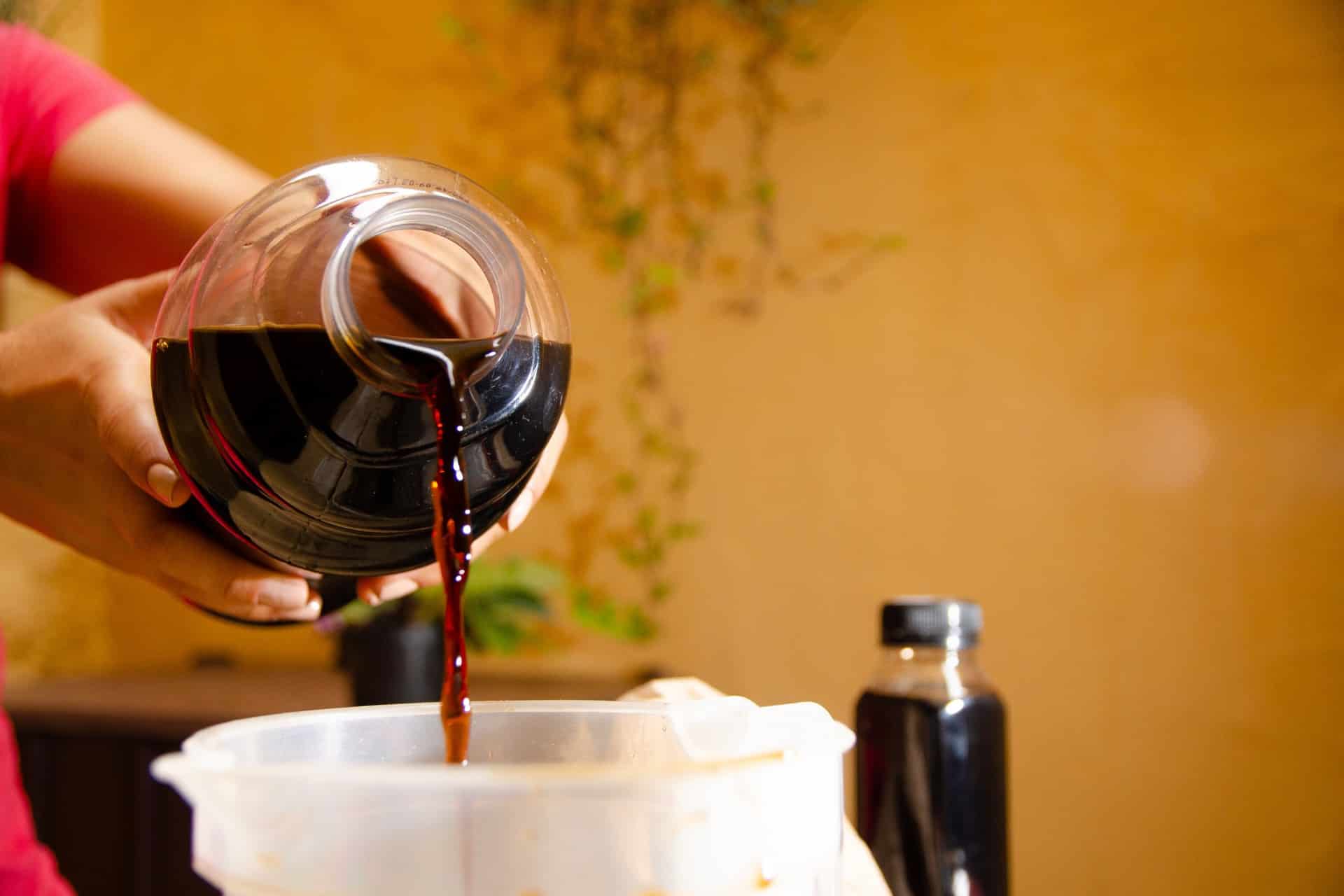
How to Make a Liquid Fertilizer Using Coffee Grounds
Place four cups of used coffee grounds in a large bucket with five gallons of water.
Leave the liquid fertilizer to seep overnight or for a few hours.
Then, pour the grounds and liquid through a sieve to store or use it unfiltered directly on your plants.
As you can see, providing most plants with the nutrients needed to grow healthy is affordable. Still, use the used coffee grounds in your garden about three to four times per season and rotate the feed with other liquid feeds.
Frequently Asked Questions
Yes, you can use any coffee grounds in your garden, including those from brewed coffee, espresso, or even instant coffee. Nevertheless, avoiding using coffee grounds that are artificially flavored or contain additives is essential, as these may harm the plants or alter the soil composition. Stick to plain organic coffee grounds for the best results.
The amount of coffee grounds to use in your garden depends on various factors, such as the size of your garden, the type of plants you are growing, and the current soil condition.
As a general guideline, you can start by applying a thin layer of coffee grounds around your plants or mixing them into the soil at a ratio of 10-20% coffee grounds to soil.
It is always recommended to start with a smaller quantity and observe the effects before increasing the amount.
When used appropriately, coffee grounds do not typically attract pests or cause mold in the garden. Coffee grounds can act as a natural pest repellent for certain insects. Yet, if coffee grounds are applied excessively or in large mounds with too much green material, they can create a moist environment that may attract certain pests or promote mold growth.
To prevent these issues, evenly distribute coffee grounds and avoid excessive accumulation in one area.
While coffee grounds generally benefit most plants, some species may not thrive with excessive coffee grounds or have specific preferences regarding soil pH. Plants such as blueberries, azaleas, and rhododendrons, which prefer acidic soil, can benefit from coffee grounds due to their acidic nature.
Yet, plants that prefer alkaline or neutral soil may not tolerate large amounts of coffee grounds. It is always recommended to research the specific requirements of your plants or do a small test before applying coffee grounds extensively.
Putting coffee grounds on plant leaves is not advisable, as it can lead to mold and fungal issues. Always apply coffee grounds to the soil.
Fresh coffee grounds have a pleasant aroma. However, if they become moldy, they can emit an unpleasant odor. Mix coffee grounds with other organic materials or use them sparingly to avoid this.
Whether you want to buy, sell, or simply reach out to other plant enthusiasts, Plantly is the right place to be!
-
Free Shipping$39.99Sold By: Aloha Hawaii Orchids
$44.99In stock
Dendrobium Aridang Green 4″ Pot Blooming size
Rated 4.65 out of 5 based on 268 customer ratings00Sold By: Aloha Hawaii Orchids -
$47.96Sold By: Carlo's Plant Farm
In stock
6 JASMINE DOWNY – LIVE STARTER PLANTS LESS THAN 12 INCHES TALL
Rated 5.00 out of 5 based on 22 customer ratings00Sold By: Carlo's Plant Farm -
Free Shipping$29.99Sold By: Trees Again Nursery
In stock
Blue Jacaranda Trees – Jacaranda mimosifolia – 3 starter plugs
Sold By: Trees Again Nursery -
$6.99Sold By: BubbleBlooms
In stock
Haworthia pumila, Royal highness, lace aloe, Pearl Plant, Tulista pumila, Haworthia margaritifera in a 2 inch pot super cute
Rated 4.81 out of 5 based on 279 customer ratings00Sold By: BubbleBlooms
